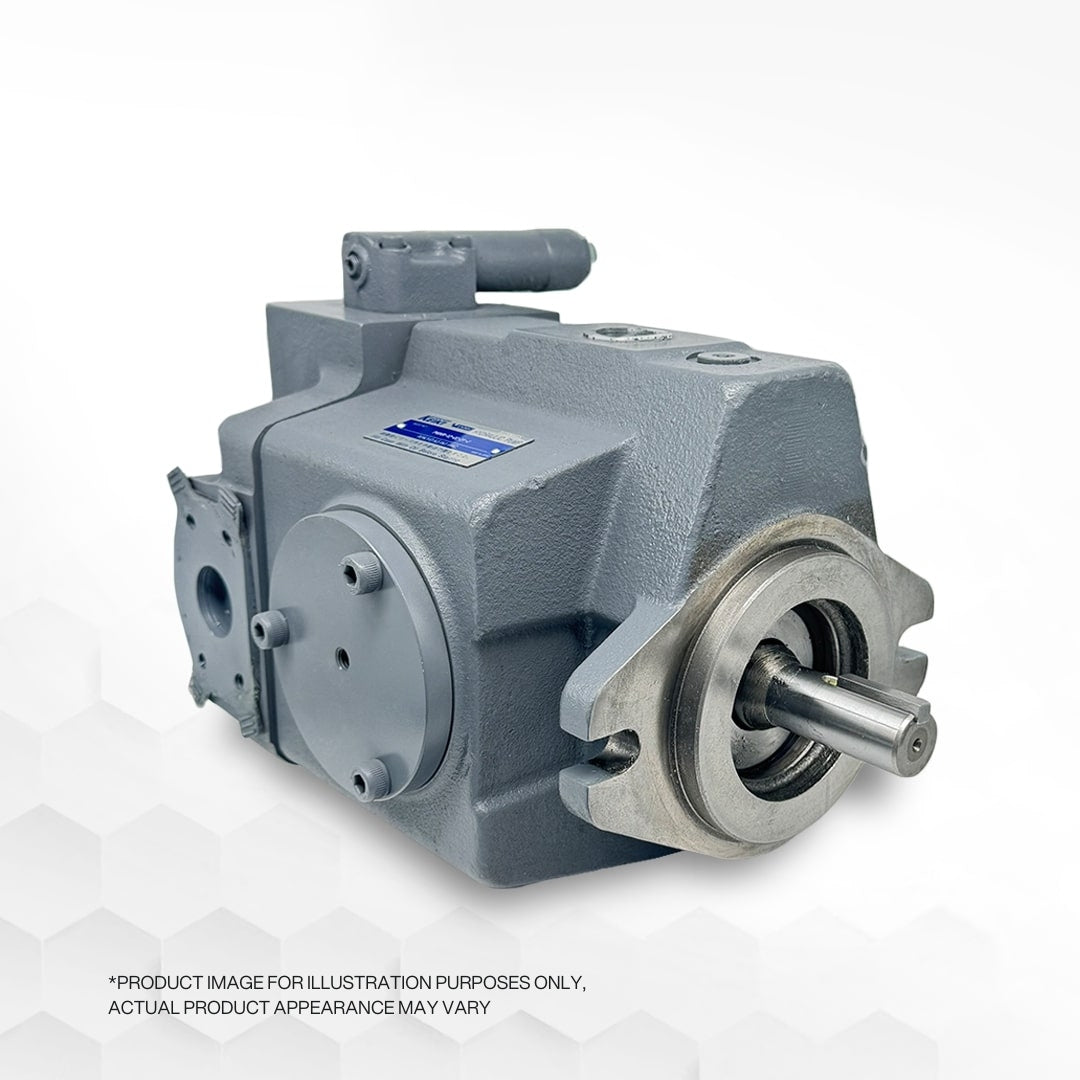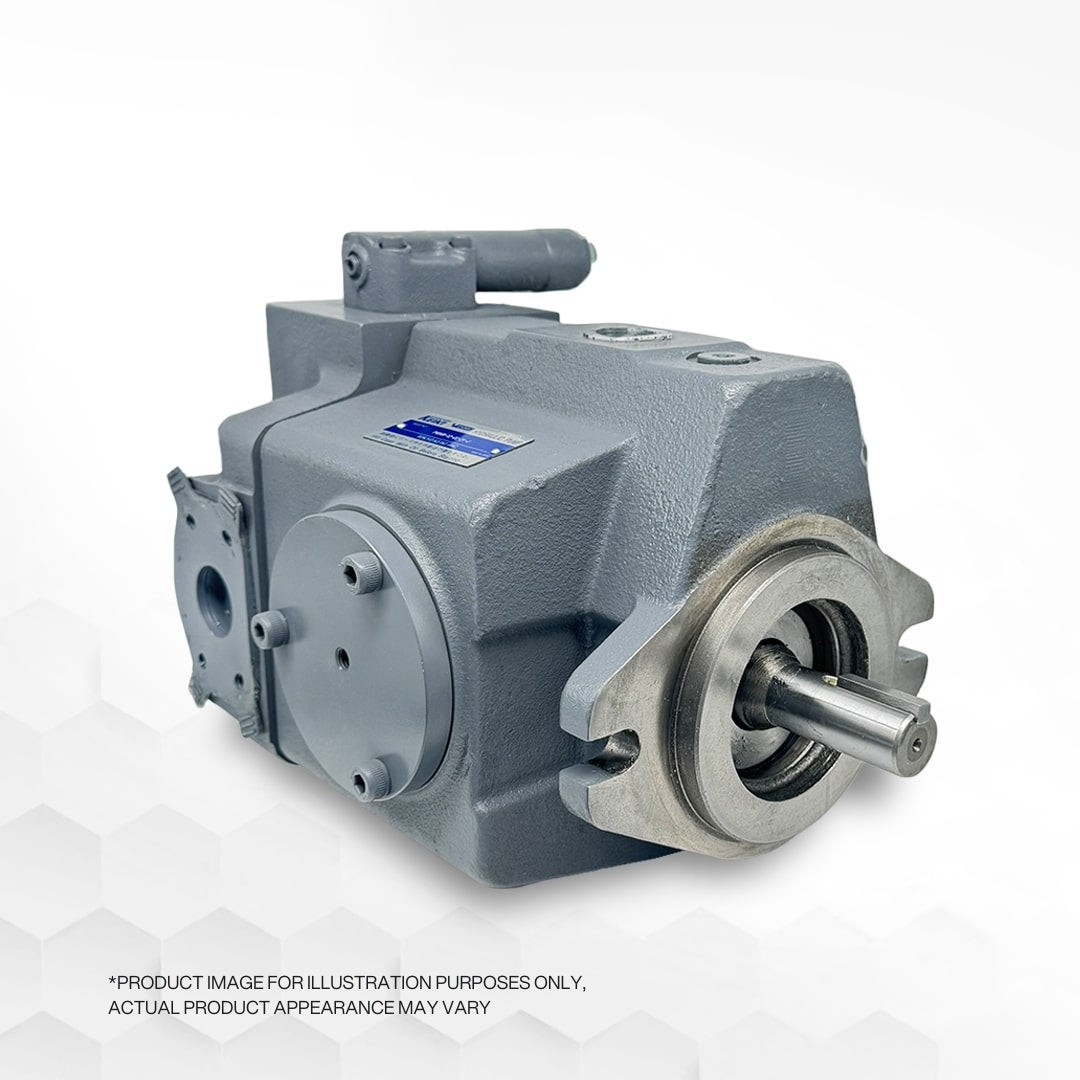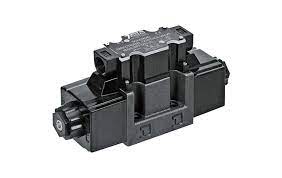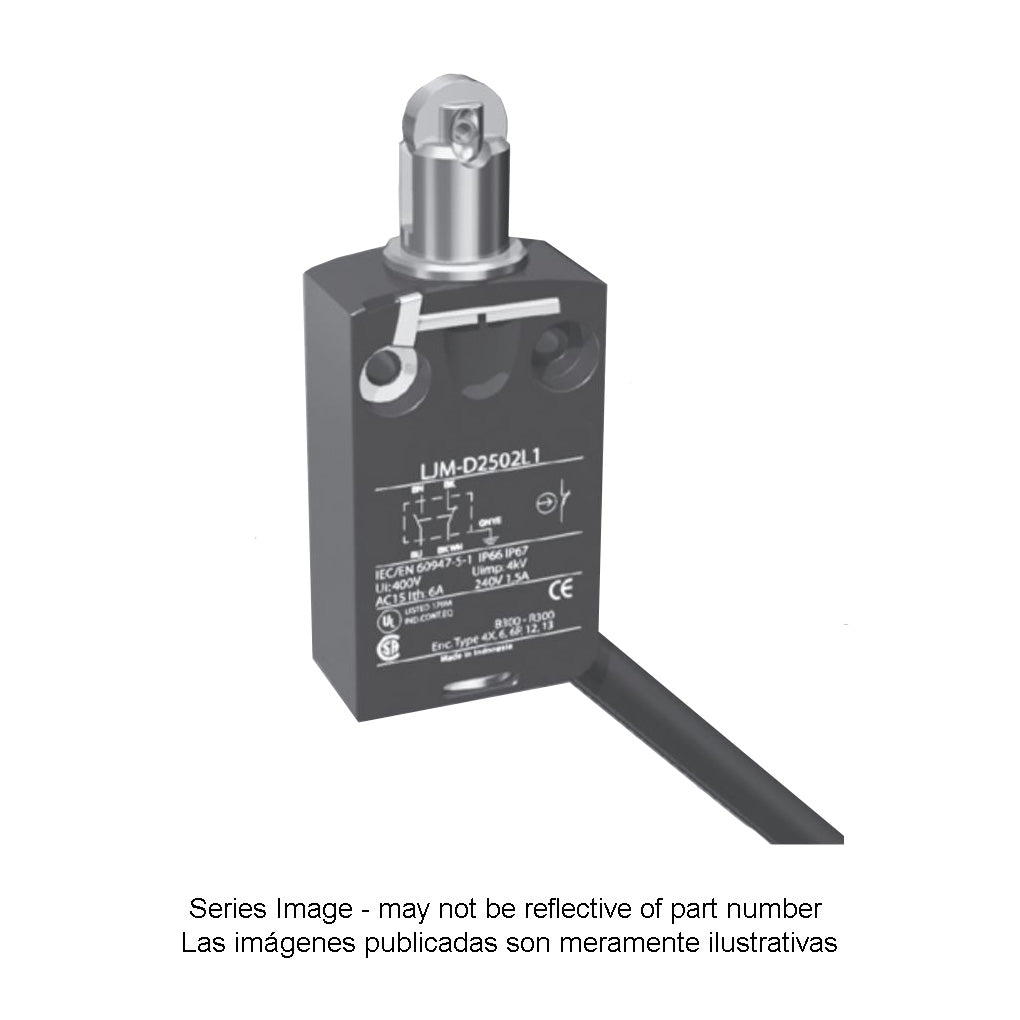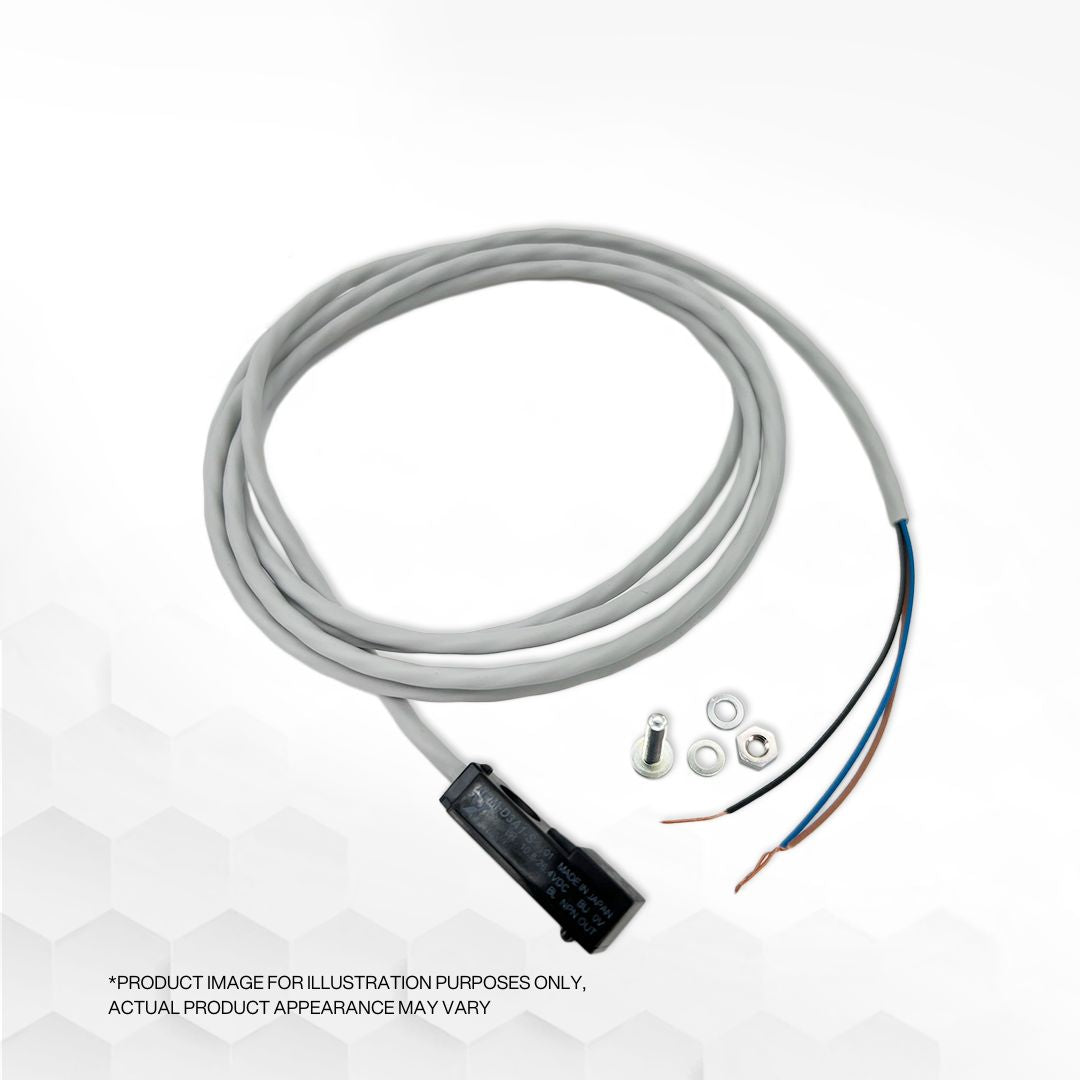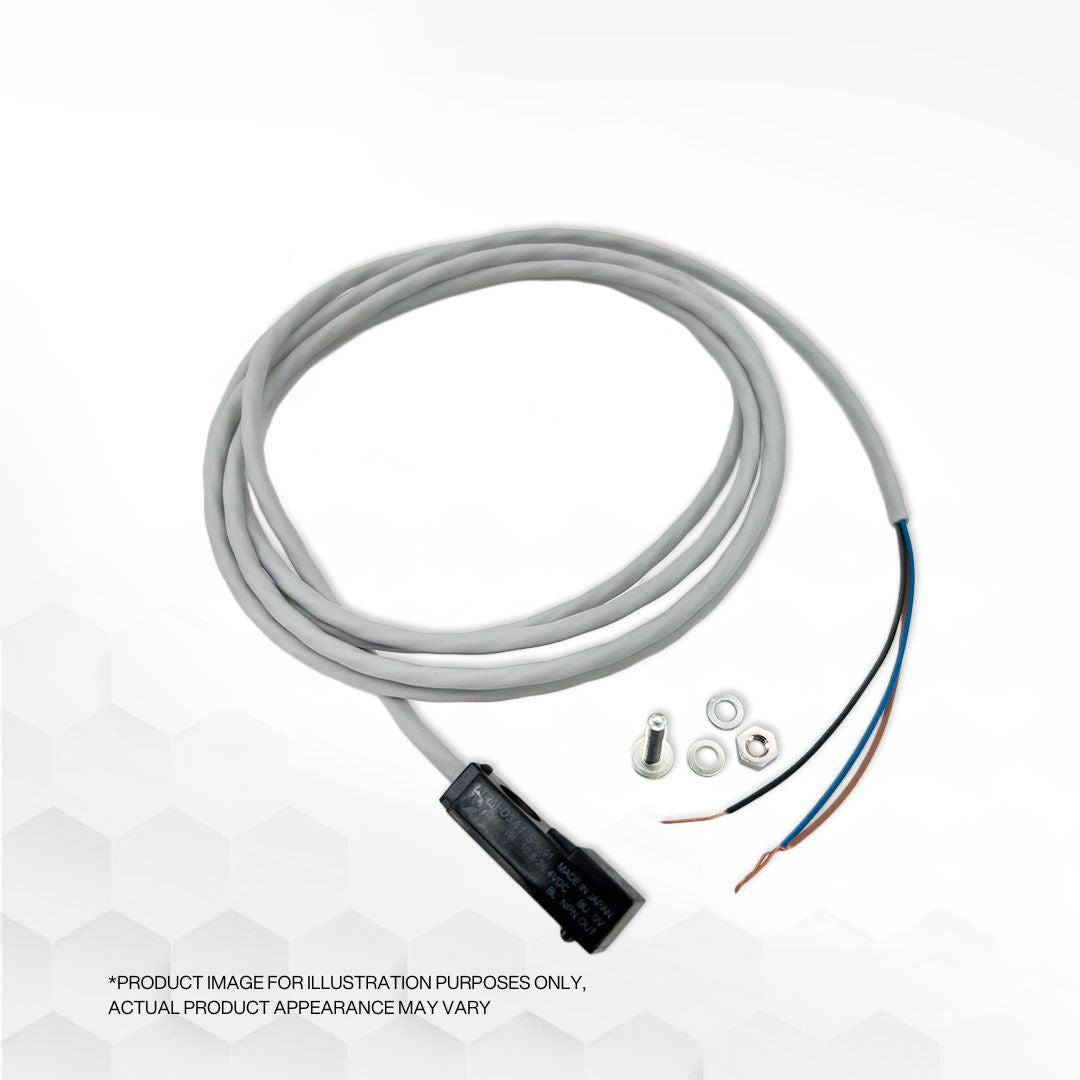
Troubleshooting Challenge: Why Piston Pump on Press Makes Knocking Noise?
In this article, we will address a specific issue related to the piston pump within the hydraulic unit and provide a troubleshooting solution for it. During a routine preventive and predictive maintenance inspection, a group of technicians noticed a change in the piston pump's behavior, characterized by a distinct knocking noise with a 30-Hz signature (30 knocks per second). To identify the source of the problem, they undertook the following steps:
-
They examined the pump's case drain flow during pump compensation, but it remained unchanged compared to the previous inspection.
-
Oil sampling was conducted, and the analysis revealed that the fluid's ISO 4406 code exceeded the system's requirements.
-
Before the maintenance, the technicians had replaced the return filter element when they discovered damage to the pump's suction hose, which was caused by someone stepping on and kinking it. The team deemed it necessary to replace the hose due to the extent of the damage.
Additionally, a schematic of the hydraulic system was provided, highlighting an issue with a solenoid sticking on an electrically unloading relief valve. This restriction prevented the electric motor from starting the power unit's hydraulic pump.
The Solution:
To resolve the problem, the technicians recommended installing size D-03 valve modules from Sun Hydraulics in any of four different positions by rotating the module 180 degrees or 90 degrees to the left or right from its starting position. Sun Hydraulics employs a thin, separate O-ring plate to accommodate these different positions. The specific module in question had been inadvertently rotated to a position that caused the anti-cavity check to flow freely from the tank port to the B work port, leading to the issue at hand. By correctly rotating the module 180 degrees, with the P (or T) port facing towards the technician, the problem was effectively eliminated.
